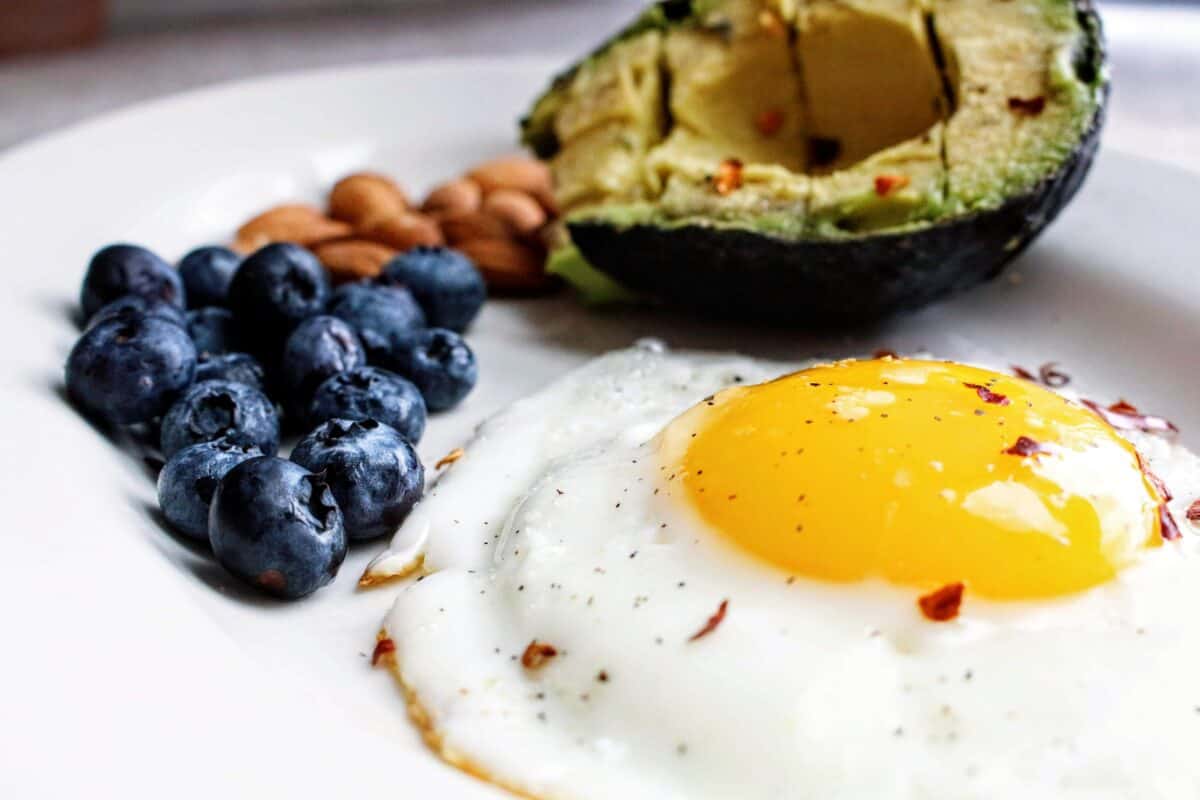Avoid Paleolithic Reenactment
*Excerpt from the book Ancestral Now.
I have made a clear intention to resist the nostalgic allure of freezing our ancestors in time, and attempting to reenact their lifeways. If we do so, we lose touch with the living, breathing reality of The Ancestral Now. What we can do is learn, relate, absorb, and discover the ancestral within ourselves. It is due to this that I am often dismayed with the parody we call “The Paleolithic diet” and trying to recreate or re-enact it today. In my opinion, the idea that we even could replicate it is deeply flawed.
For instance, the mantra that echoes within this circle is to “eat like a caveman”. It is an inaccurate saying as our Paleolithic ancestors were not primarily cave dwellers. This approach can be beneficial in the sense that it calls out to the past, but we may ind that there is no real response reverberating back to us. “The Paleolithic diet” is a neat, little, contemporary package. We cannot, and should not, try to eat like Homo sapiens that lived in the Paleolithic era.
Why? Well, for one reason, many of those foods do not exist today. We cannot imagine the sheer variety of animals and plants that were eaten during that era, which spanned nearly two million years. We know that the domesticated animals and hybridized plants we eat today were not on the menu back then. We are not hunting down and eating entire mammoths, mastodons, giant cave lions, or giant bears.
Paleolithic people were chasing down mega-fauna, and eating plants that grew around them, bathed in the local waters and natural cycles of sunlight of their time. The soil was richer, and more vital. The environment has changed significantly since then. There are pollutants and other man-made chemicals spanning the entire globe that were not around in that era, and which are now a part of our food supply.
Obviously, the Paleolithic ancestors were not eating pre-packaged products like gluten-free coconut macaroons, teriyaki-flavored beef jerky, or collagen-protein powder-cacoa-pumpkin seed bars. They weren’t subjected to marketing gimmicks that fit certain nostalgic sentiments and sought to mummify the wondrous relationship between humans and food. Paleolithic humans were not trying to be Paleolithic. They were attempting to survive and thrive, if possible, in a certain time and place. They ate what was available an accessible to them.
Today it seems that in the desire to be like our ancestors, we have forgotten how they might have thought about their situation and have relegated them to a set of temporary circumstances. This faulty meaning-making way of relating to our dietary past creates many forms of dissonance. In some cases, the Paleolithic diet unnecessarily restricts easily available, nutritious, contemporary foods such as dairy, tubers, and legumes, based on the idea that no humans during that era ate them. Even if that were true, which we cannot say for sure, it does not interfere with the possibility that between now and then some humans have emerged that can take advantage of those resources as a food source.
There have been many healthy societies that have been studied to have eaten all those foods with no apparent ill effects. The questions that we can begin to ask ourselves in relation to these foods are: Do I tolerate and digest legumes well as an individual? Are they a legitimate food source for me in this era? Did my ancestors develop a capacity to digest dairy? Can I consume properly prepared grains with no ill effect?
In general, “the Paleolithic diet” recommends lean protein, vegetables, fruits, herbs and spices, nuts and seeds; all else is shunned. While this may be a high-quality diet, it is by no means authentic — which is the point I am getting at. Regardless of what we eat, or how we prepare it, it is not possible to eat like our Paleolithic ancestors. The Paleolithic era is over and the world is in a different era. The spirits of time have turned the wheel, and if you try to hold on, you will be metaphorically ripped apart.

